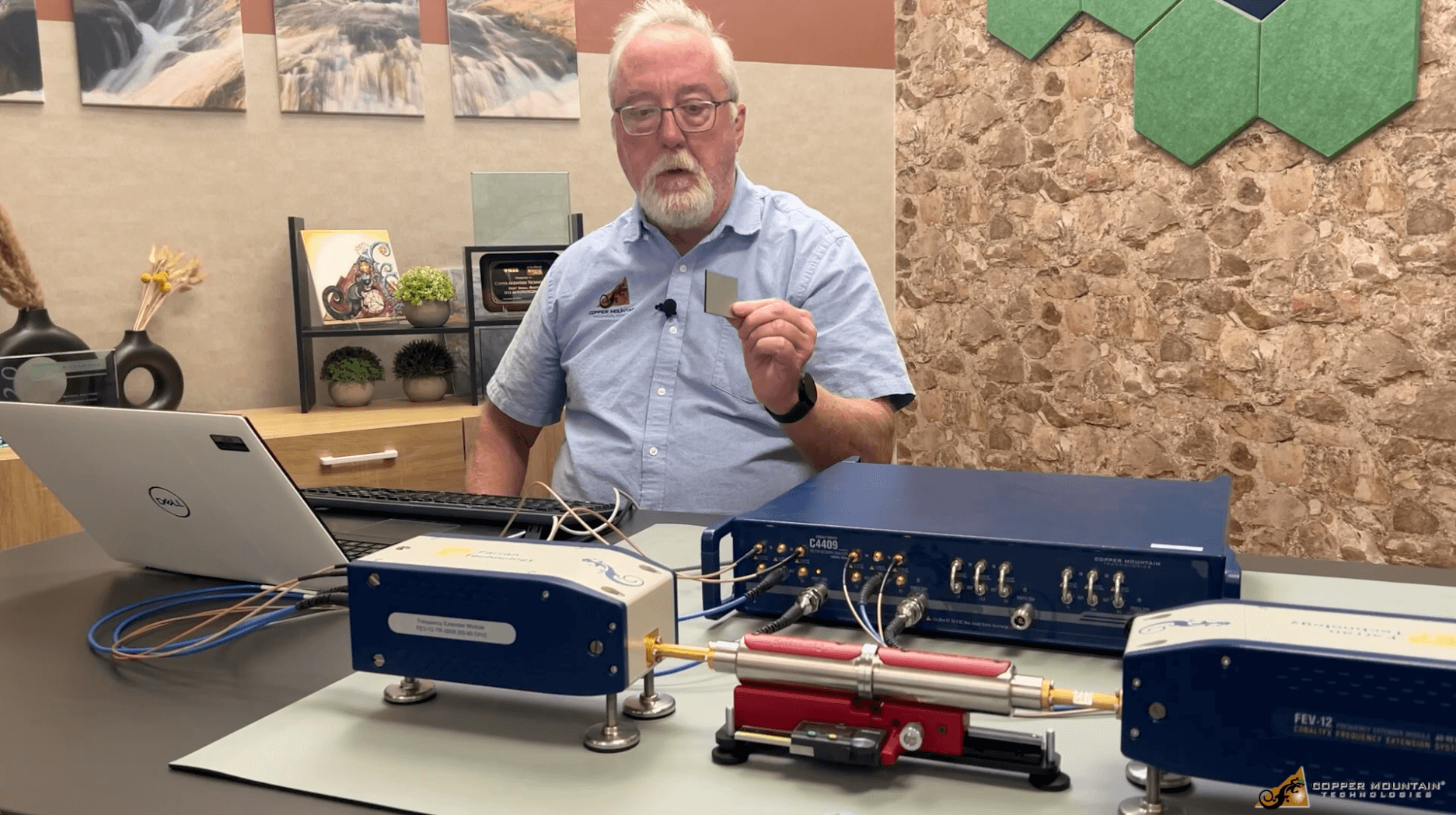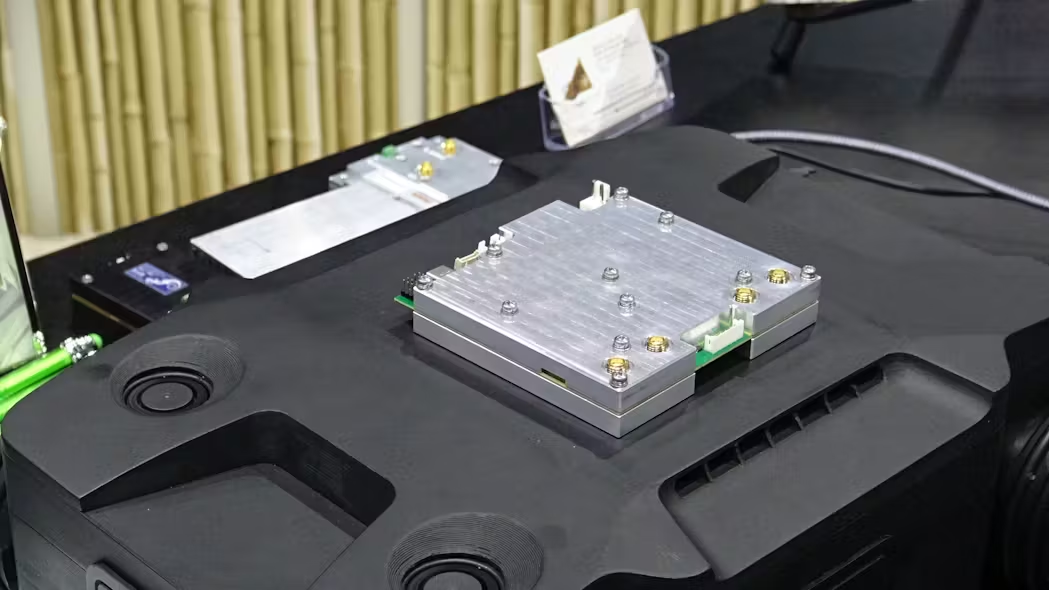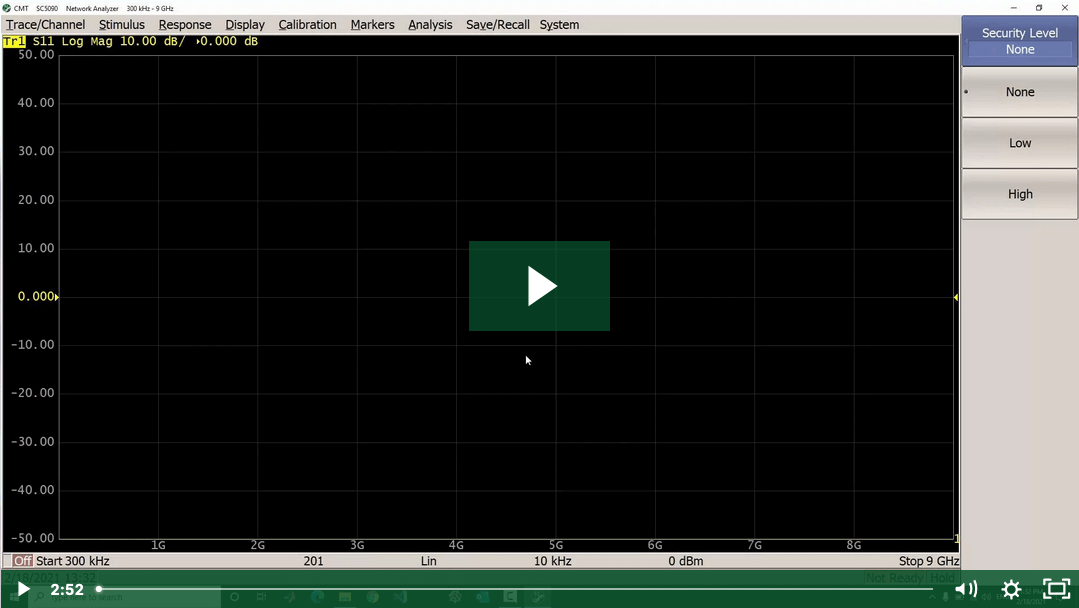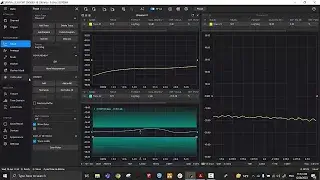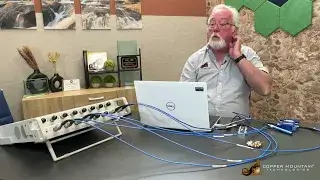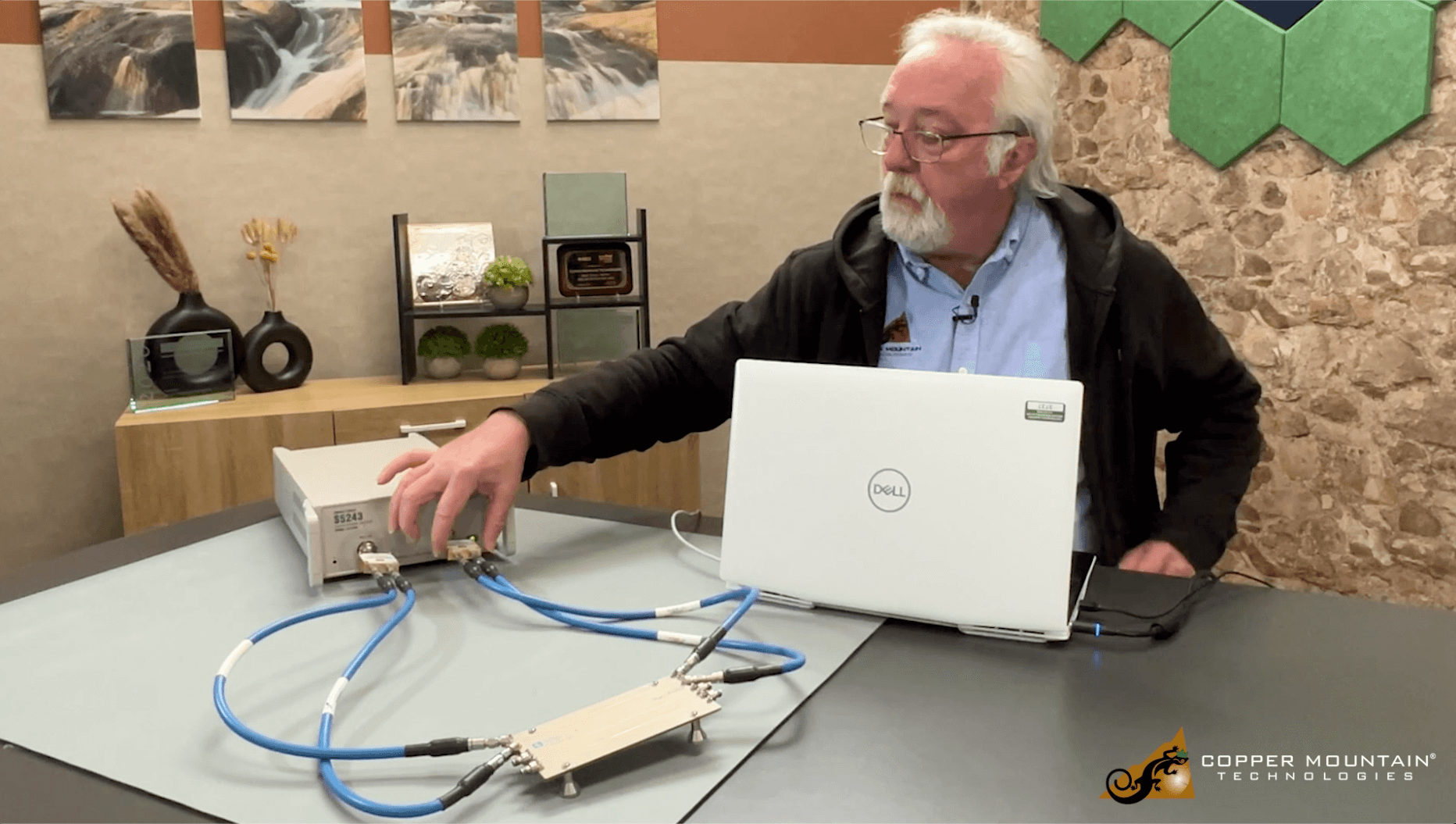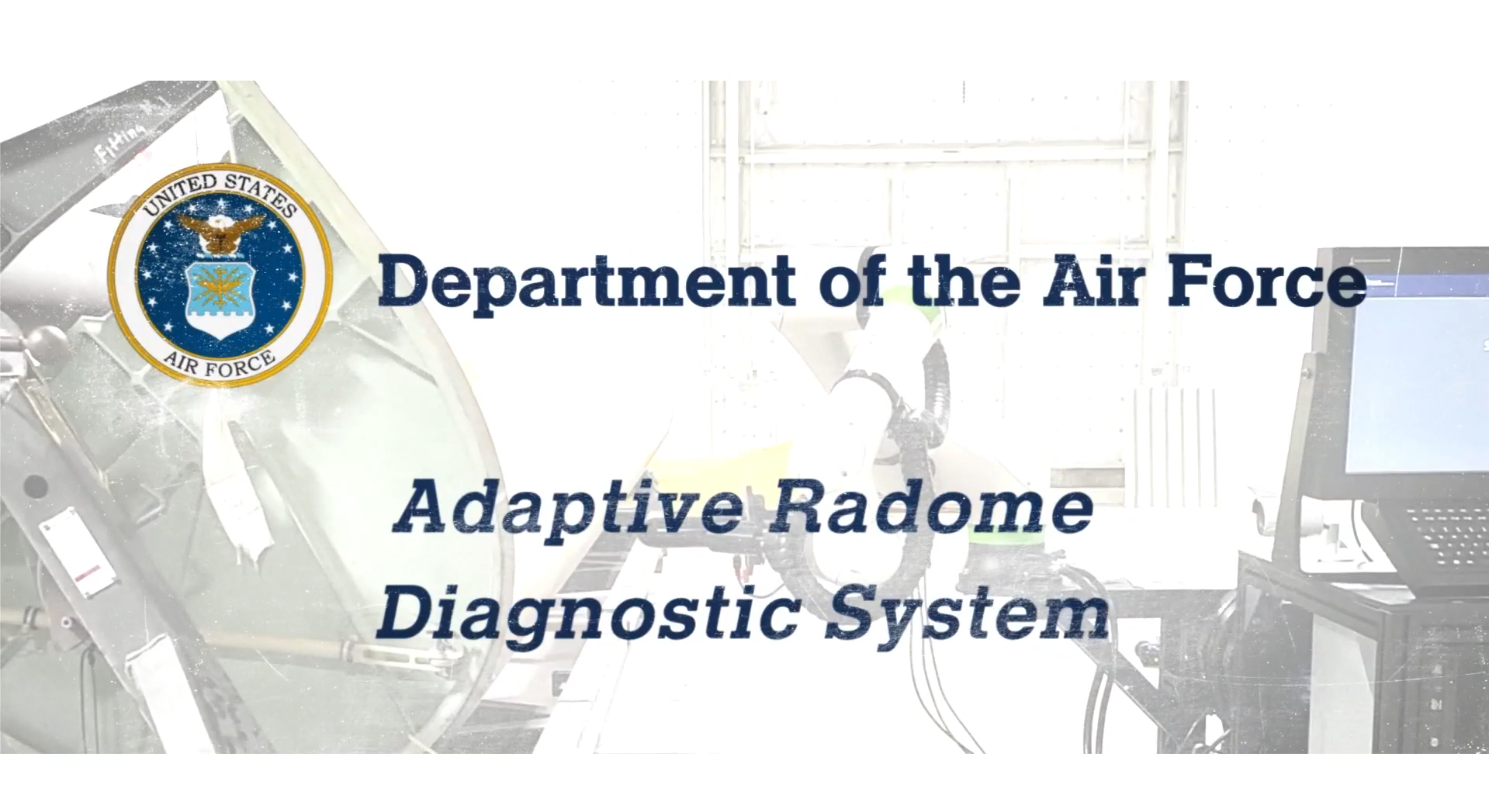Demonstration of the OTA Antenna Test Solution
The OTA Antenna Test System is a new turnkey solution for customers needing to make far-field antenna measurements above 18 GHz. This over-the-air (OTA) antenna measurement chamber solution features a wide array of configurations depending on the user’s anechoic chamber requirements, antenna size, desired frequency range, and antenna positioner functionality.
CMT has partnered with MilliBox and Eravant to offer a complete OTA antenna measurement chamber solution for engineers needing to make measurements from 18 GHz to 220 GHz. Each OTA bundle can be configured with a set of 2,3, or 4 anechoic chamber cubes, depending on far field measurement requirements.
Watch the demonstration from Applications Engineering Team Lead Patrick Li showing how simple making measurements with the system is.
